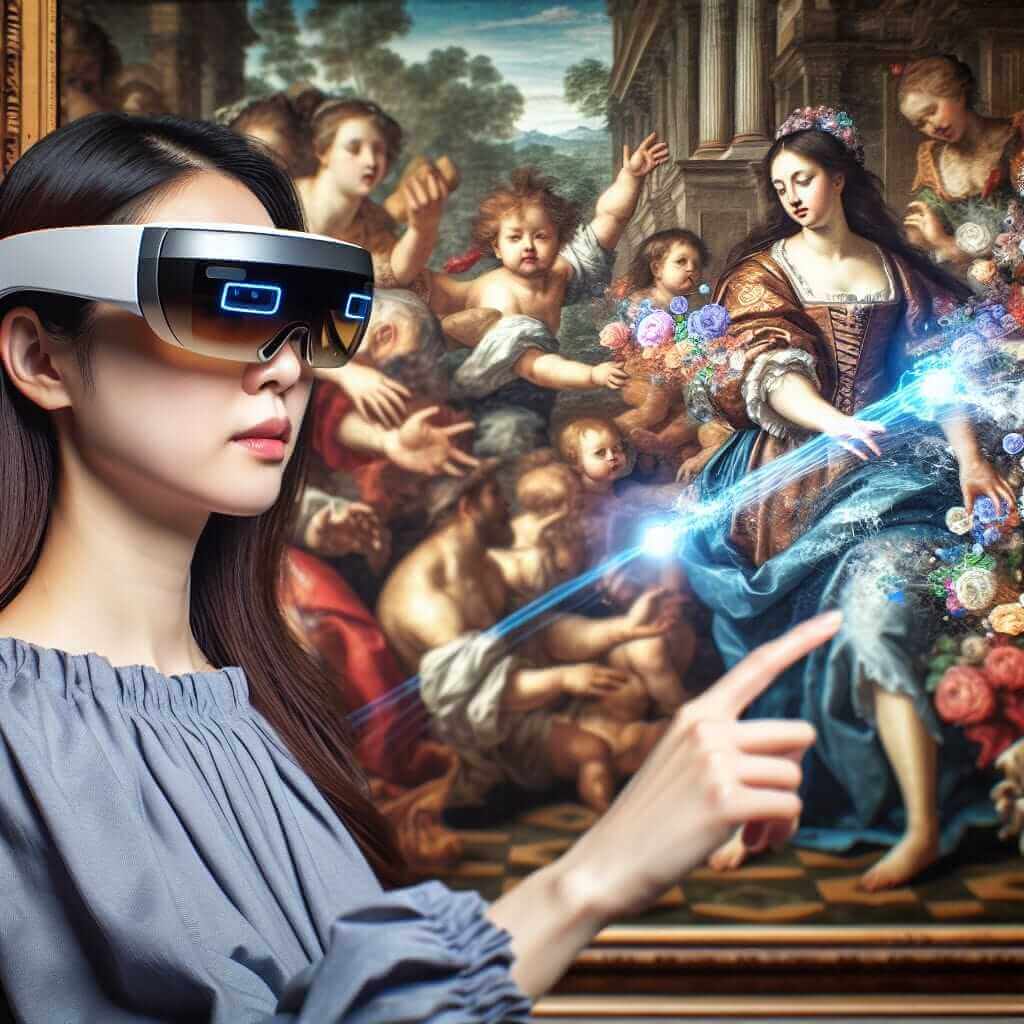The IELTS Speaking test often includes questions about contemporary issues, and the impact of technology on our lives is a recurring theme. One such question might be: “How has technology changed the way we consume art?” Answering this effectively requires a blend of vocabulary, grammar, and relevant ideas. This article will guide you on how to craft a compelling response and boost your IELTS Speaking score.
Nội dung bài viết
Understanding the Question
Before diving into your answer, it’s crucial to understand what the examiner is looking for. This question isn’t just about listing ways we consume art through technology. It’s about analyzing the change technology has brought about. Therefore, your answer should highlight the contrast between the past and present.
Structuring Your Response
A structured response ensures clarity and coherence, demonstrating your fluency and organization skills. Follow this framework:
-
Introduction: Briefly acknowledge the question and state your overall stance.
- Example: “Technology has undoubtedly revolutionized the way we experience art, making it more accessible and diverse than ever before.”
-
Main Points: Choose two or three key changes brought by technology. For each point:
- State the change: Clearly mention the specific impact of technology.
- Explain the change: Elaborate on how this change came about.
- Provide an example: Illustrate your point with a relevant real-world example.
-
Conclusion: Summarize your points and offer a brief personal reflection.
- Example: “In conclusion, while traditional forms of art consumption still hold their place, technology has democratized access, expanded our horizons, and fostered new forms of artistic expression. It’s exciting to see how this evolution continues to unfold.”
Key Changes and Examples
Here are some potential changes you could discuss:
1. Increased Accessibility
- Change: Technology has made art incredibly accessible.
- Explanation: Platforms like online museums, virtual galleries, and digital art marketplaces allow anyone with an internet connection to experience art from around the world without geographical limitations.
- Example: “For instance, Google Arts & Culture partners with museums globally to offer virtual tours and high-resolution images of artworks, making them accessible to anyone with a smartphone.”
2. Diverse Art Forms
- Change: Technology has fostered new and innovative forms of artistic expression.
- Explanation: Digital art, interactive installations, virtual reality experiences, and AI-generated art are blurring the lines of traditional art forms.
- Example: “The rise of digital art, using software and technology as tools, has opened up exciting possibilities. Artists like Beeple are gaining recognition for their digital creations, sold as NFTs.”
3. Interactive Experiences
- Change: Technology has transformed art consumption into a more interactive experience.
- Explanation: Augmented reality apps allow users to superimpose digital art onto their physical surroundings, while virtual reality can transport them into immersive artistic environments.
- Example: “The app Artivive uses augmented reality to animate paintings, adding a dynamic layer to traditional art that viewers can interact with.”
 Augmented Reality Art Experience
Augmented Reality Art Experience
Tips for High Band Score
- Vocabulary: Use topic-specific vocabulary (e.g., virtual galleries, digital art, augmented reality, immersive experiences, democratize access).
- Grammar: Demonstrate a range of grammatical structures (complex sentences, varied tenses, appropriate linking words).
- Fluency and Coherence: Speak smoothly and connect your ideas logically.
- Pronunciation: Speak clearly with correct intonation to ensure your message is understood.
Conclusion
Answering “How has technology changed the way we consume art?” effectively in your IELTS Speaking test requires careful thought and preparation. By structuring your response, using relevant vocabulary, and providing strong examples, you can confidently tackle this question and enhance your overall score. Remember, practice makes perfect, so rehearse your ideas and aim for natural, fluent delivery.


